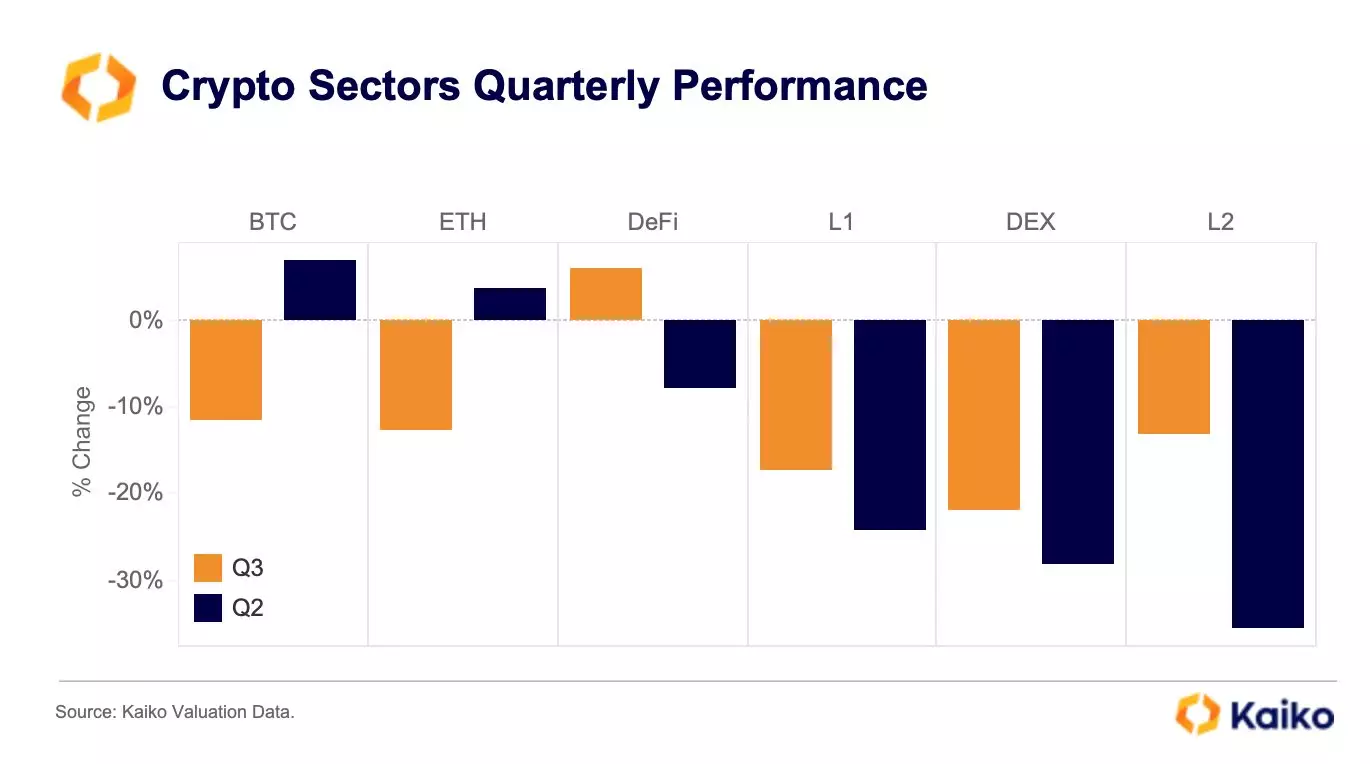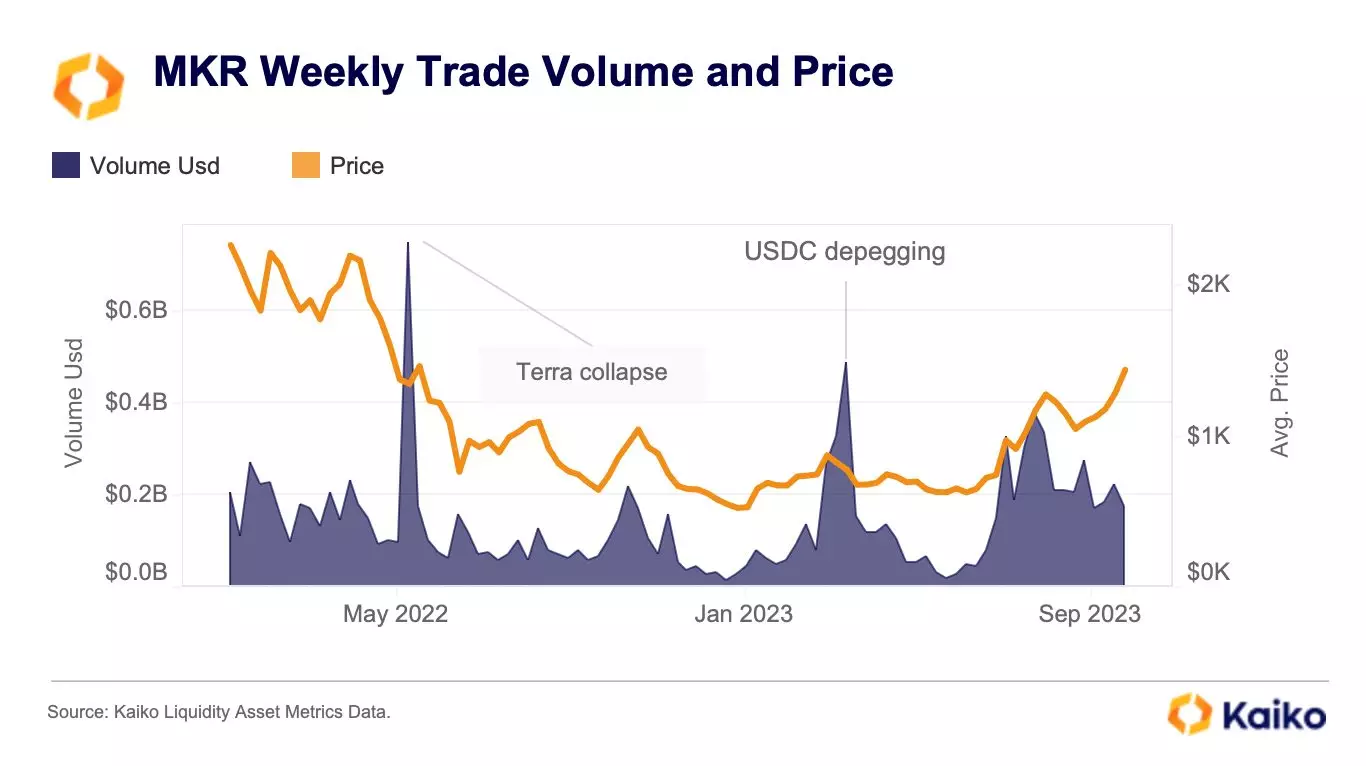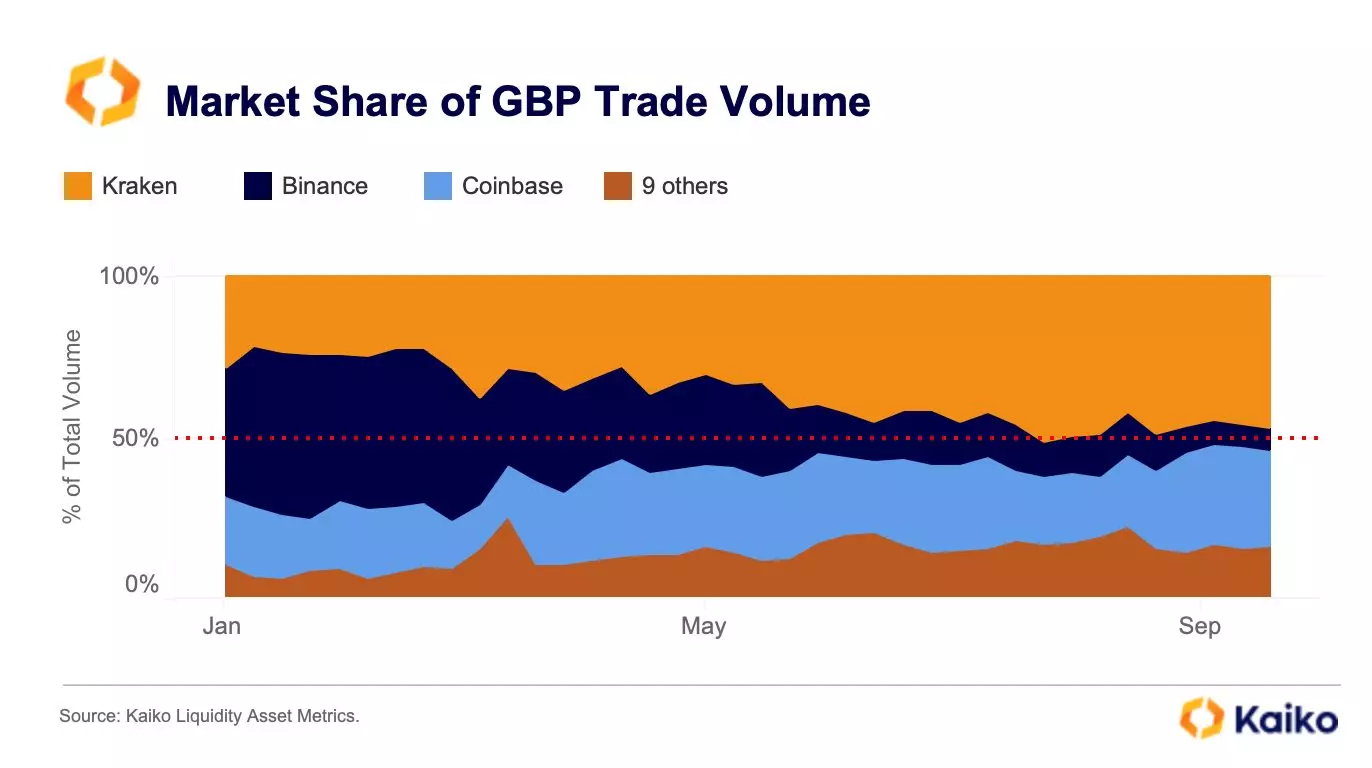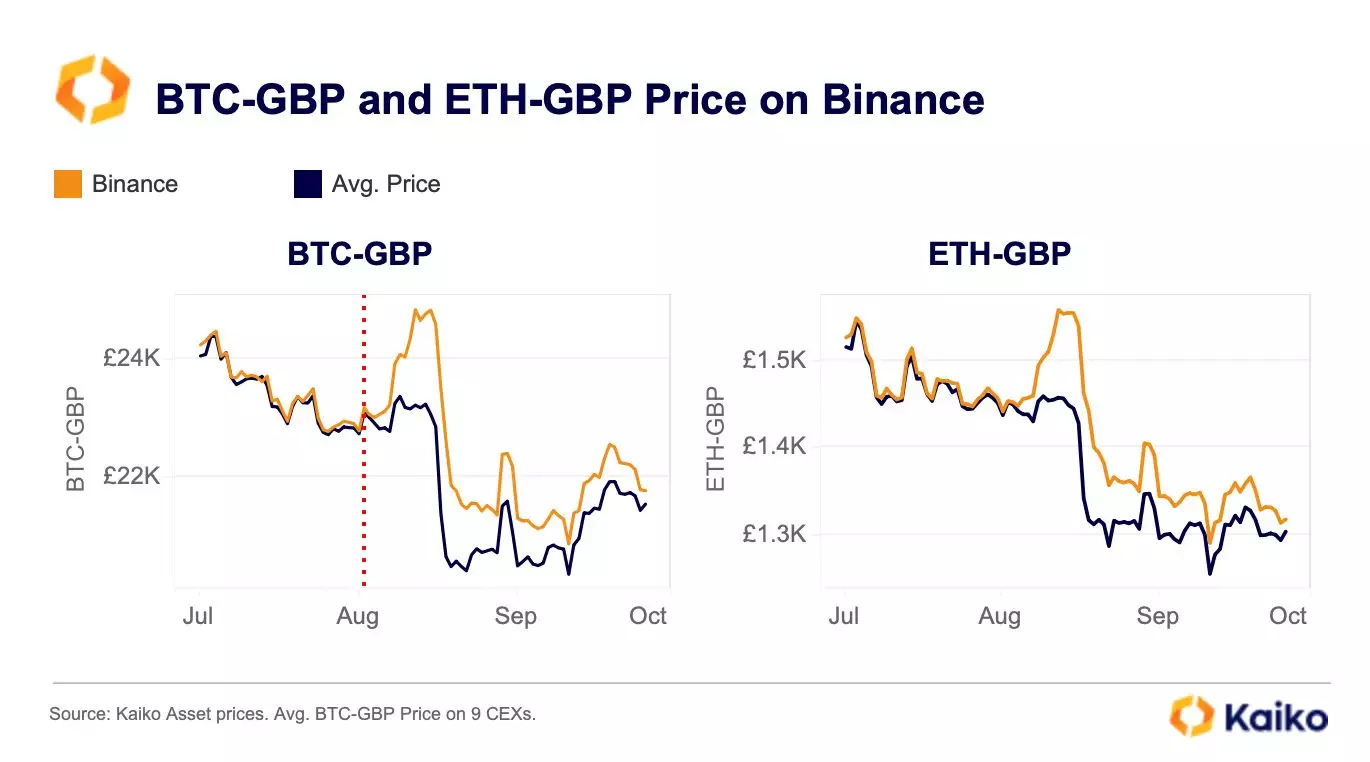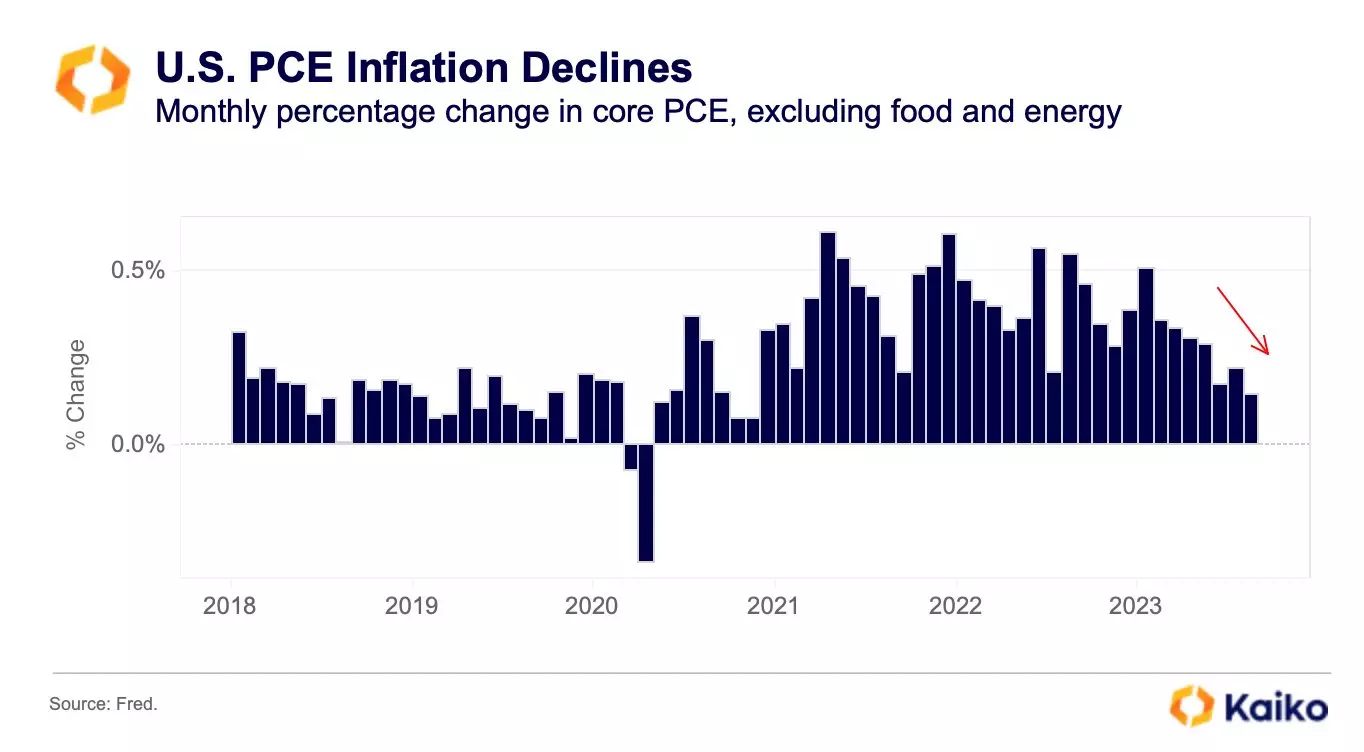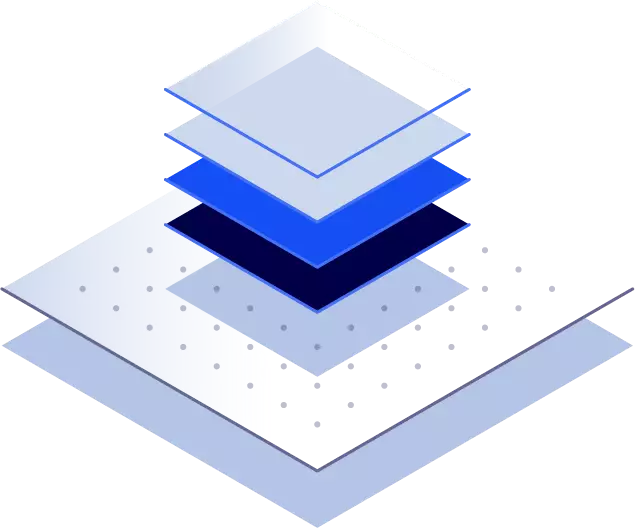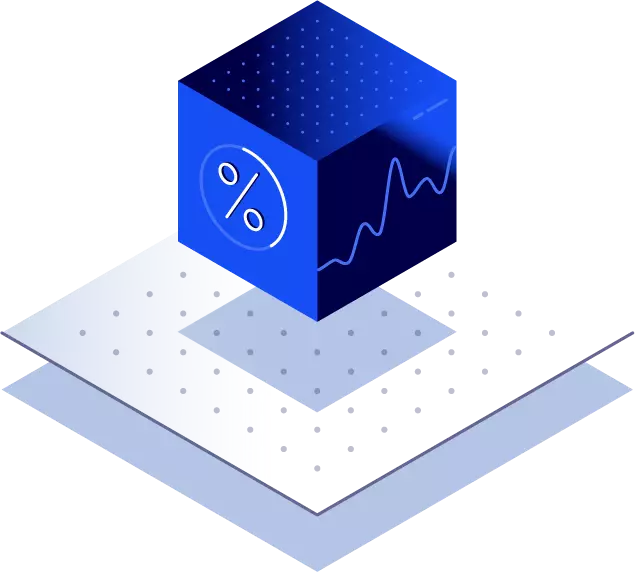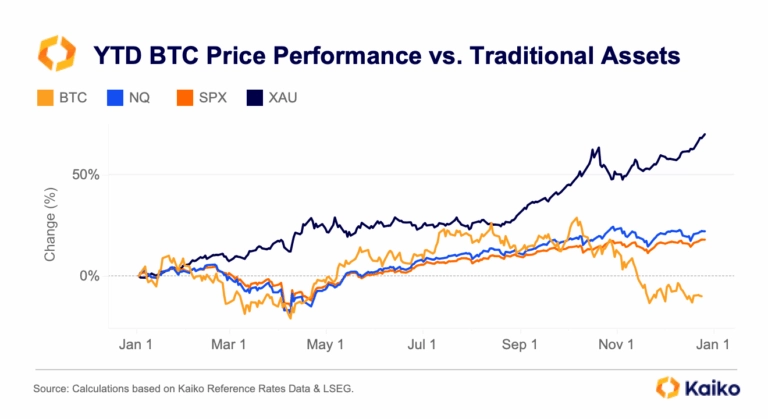Trend of the Week
The ongoing impact of the FTX collapse.
On October 3rd, one of the most consequential trials in financial history is set to begin. Sam Bankman-Fried will face seven related to the management and dramatic collapse of FTX, once one of the largest cryptocurrency exchanges in the world. Since November 2022, Kaiko has extensively covered this collapse and ongoing market impact, and today we want to look back on the exchange’s impact.
Back in 2021, FTX emerged as a market leader seemingly out of nowhere due to some strategic business decisions:
1. Very low fees and high liquidity – FTX had some of the narrowest spreads and deepest books in crypto, attracting institutional traders.
2. Expansive product offering – FTX offered highly leveraged products and hundreds of crypto assets favored by risk-taking retail traders.
3. Marketing and Expansion – The exchange spent enormously on marketing initiatives, acquisitions, and industry bailouts.
(Check out our deep dive on ‘The Rise of FTX‘ , written last summer)
At its peak, FTX was processing nearly $100bn in trade volume every month, on par with global behemoths like Coinbase.
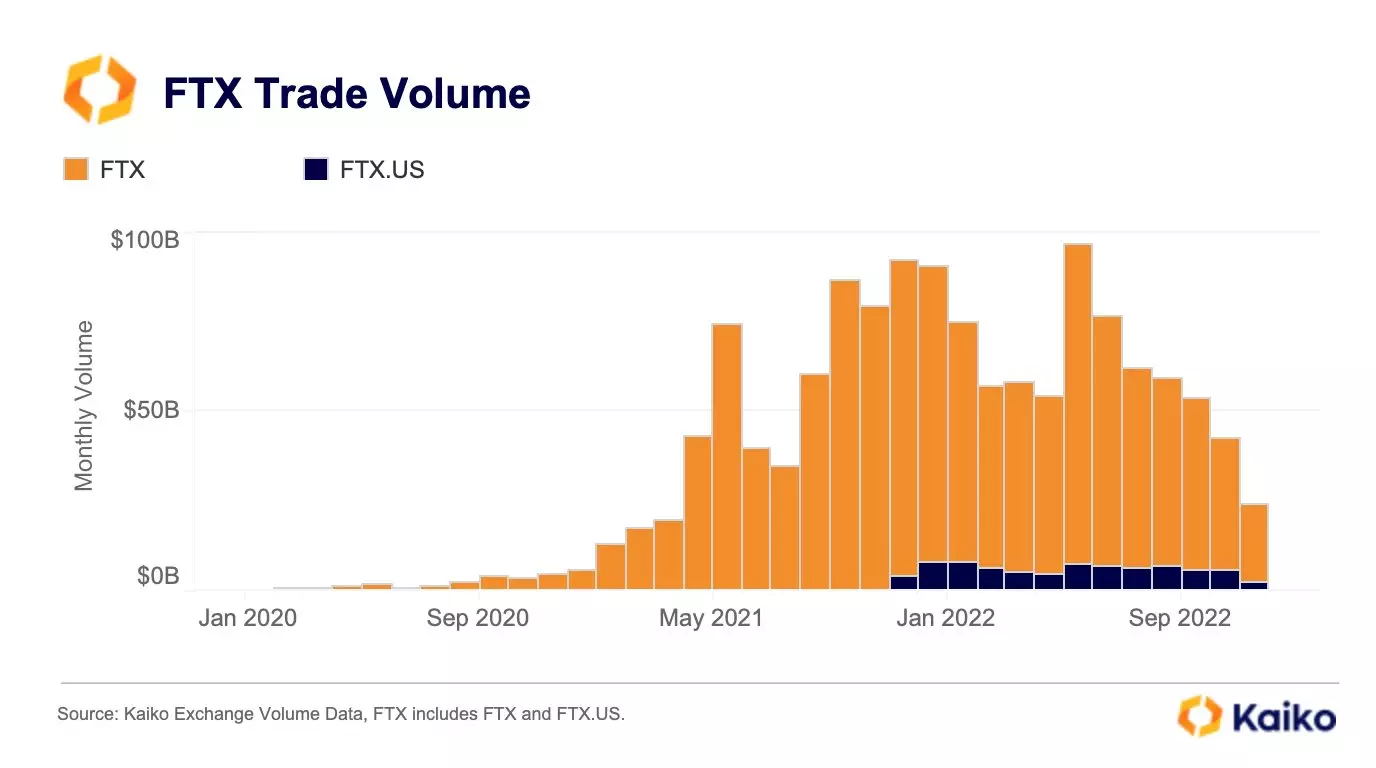
FTX was certainly a big exchange with massive name-brand recognition, but what is interesting is that the exchange never captured more than single digits of market share. In fact, FTX’s market share of spot volume only ever peaked at ~7%, magnitudes less than Binance, and a bit less than OKX and Coinbase.
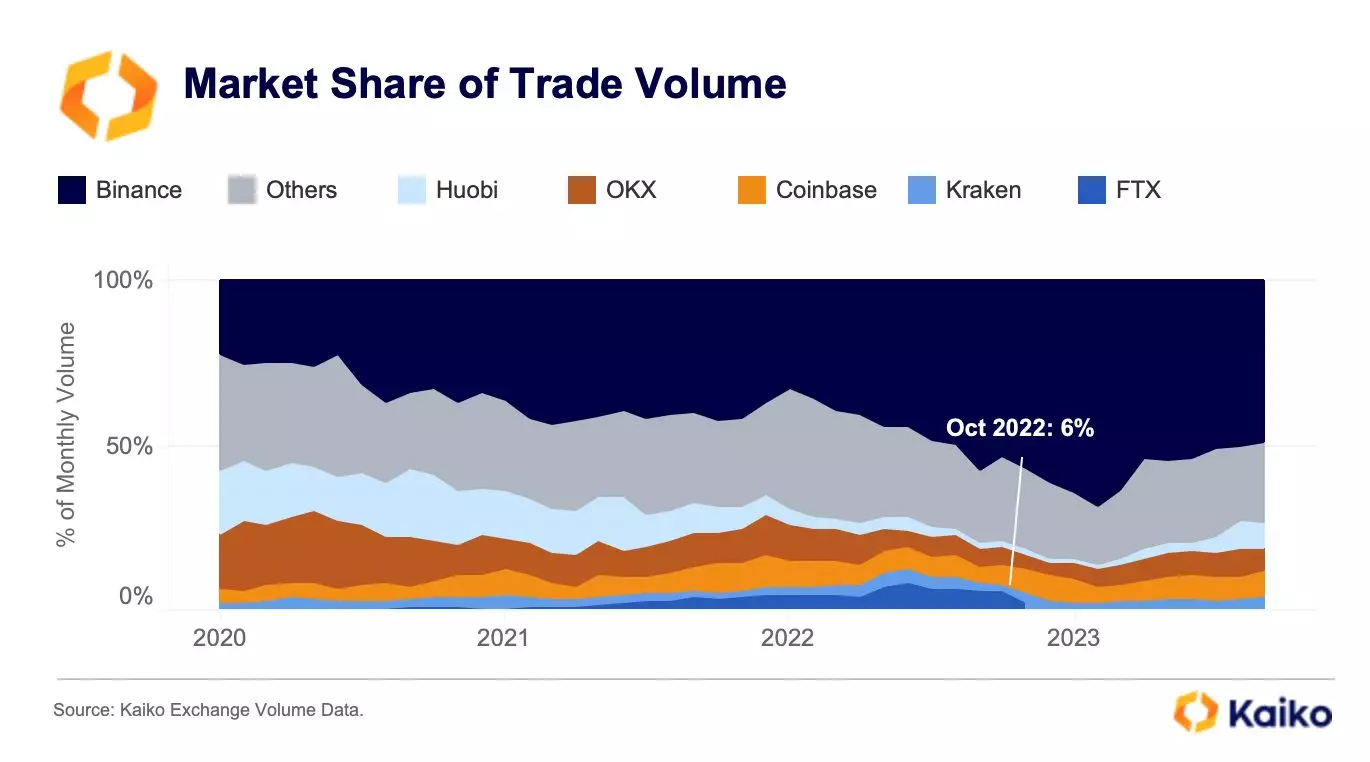
FTX’s bread and butter was derivatives. The exchange offered numerous highly-leveraged and innovative contracts that attracted a certain risk-taking type of trader. They fared much better when it came to derivatives market share, peaking at ~15%.
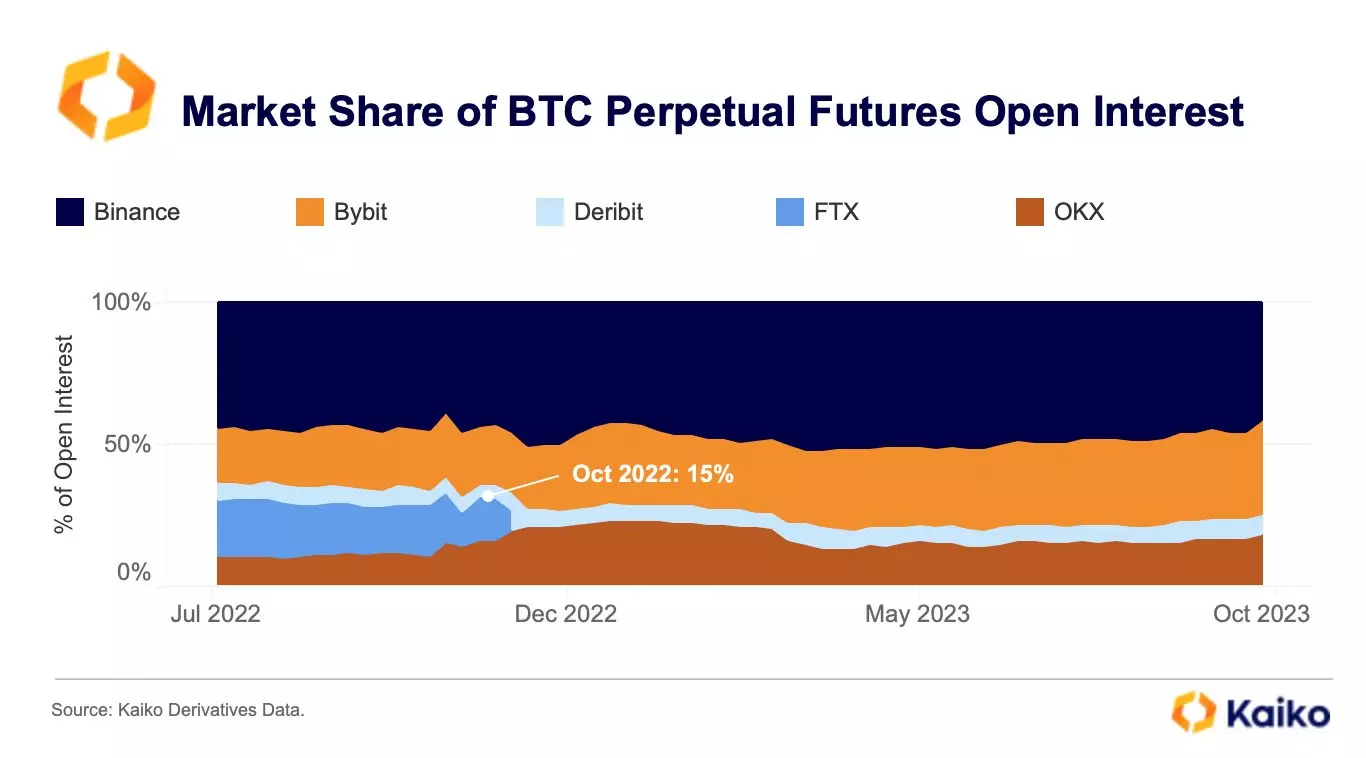
While FTX never grew to be as big as Binance, the exchange’s collapse rippled throughout the industry. Many market makers and traders had stored significant funds on the exchange, partnered with devastated crypto projects in its portfolio, or had accepted FTT, the exchange’s concocted cryptocurrency, as collateral.
In fact, FTX’s FTT token was the trigger for the collapse, as we covered extensively at the time. It turns out Alameda Research, the unprofitable trading firm affiliated with the exchange, held a significant portion of its balance sheet in the token, which was created out of thin air by the exchange — hence the nickname “magic beans.”
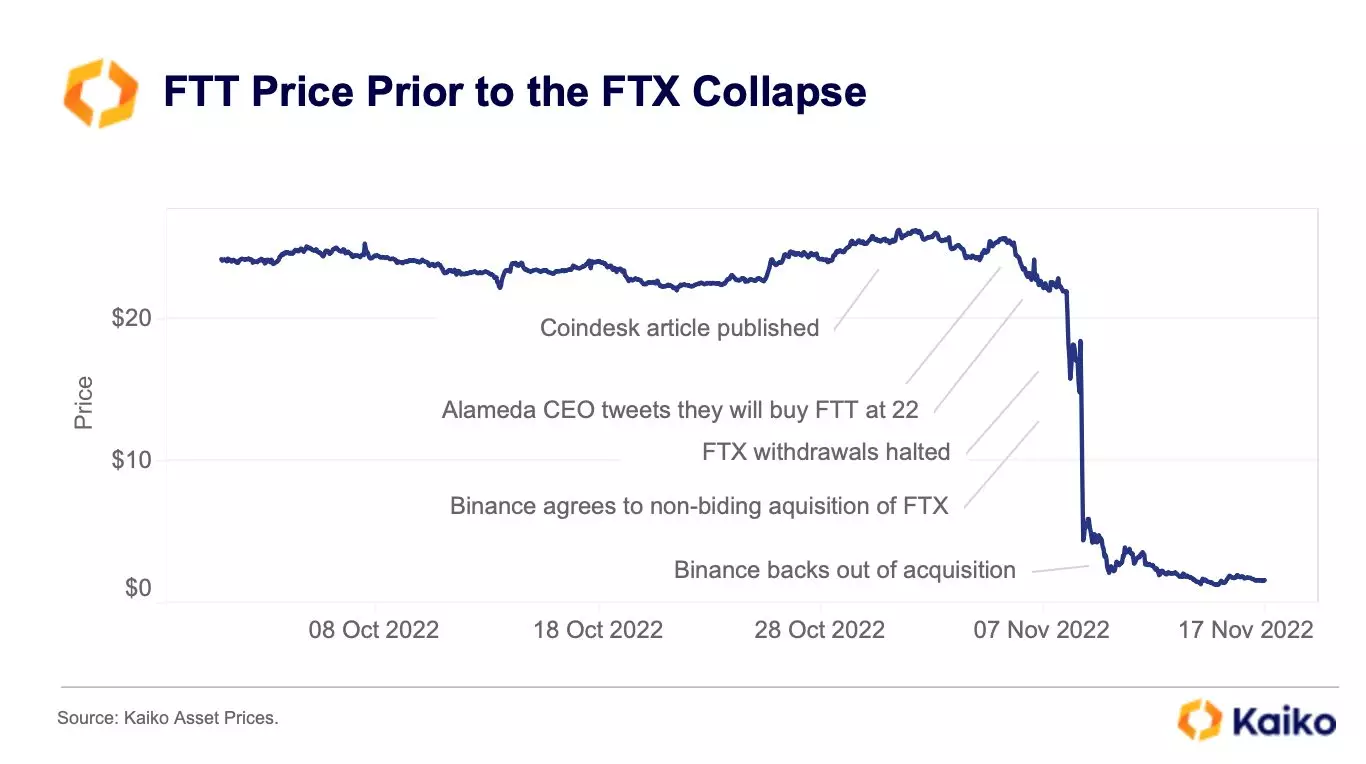
Once FTT started plummeting, the exchange quickly unraveled with a multi-billion dollar hole in its balance sheet. The industry is still reeling from the impact of this collapse.
A week after the collapse, we noticed that global crypto liquidity had halved, and thus was born the phrase “The Alameda Gap.” The Alameda Gap refers to the drop in liquidity on global exchanges in the aftermath of the collapse, largely due to the huge losses incurred by market makers. That gap has not yet recovered, and market depth is still just half of what it was pre-collapse.
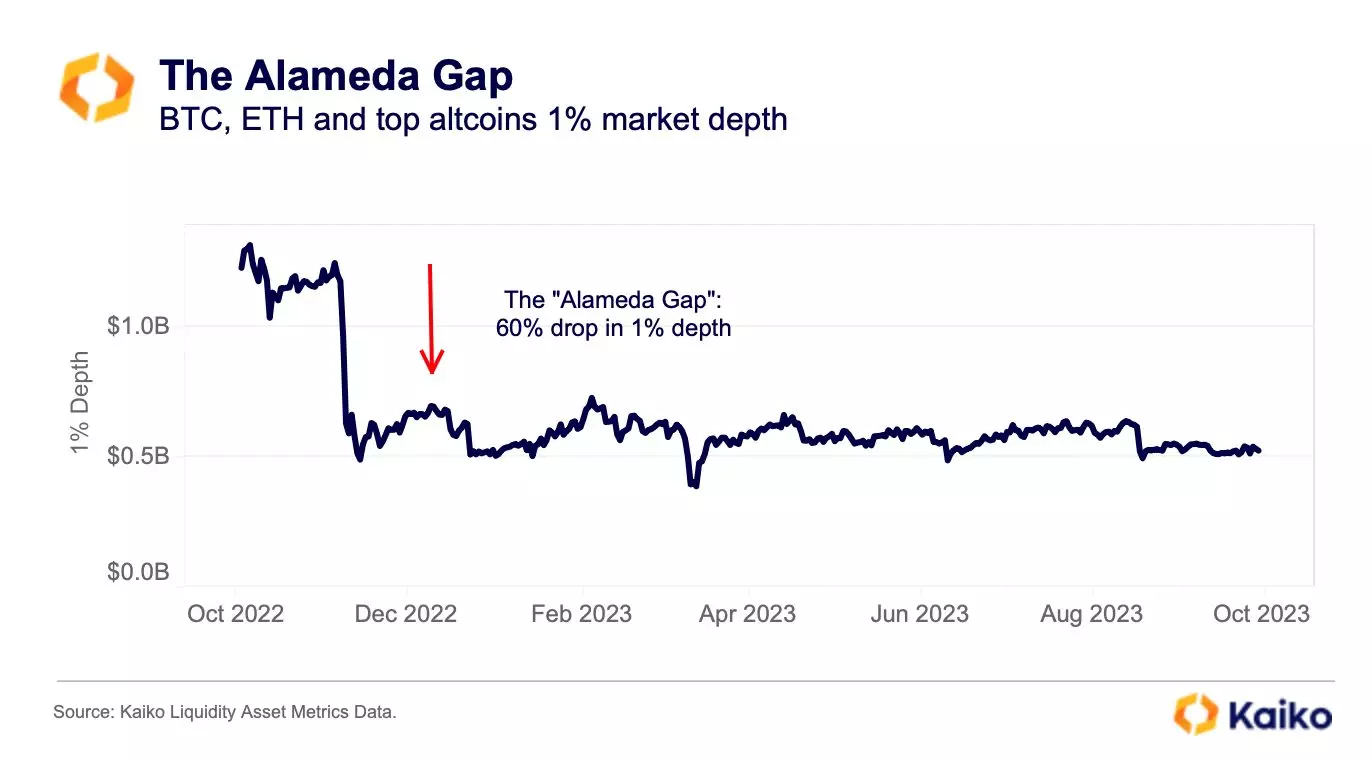
Over the past 11 months, crypto trade volume and market depth has hit multi-year lows along with price volatility. It has certainly been tough times for the industry, but the worst may thankfully be behind us and we hope this trial can provide much-needed closure.


![]()
![]()
![]()
![]()











